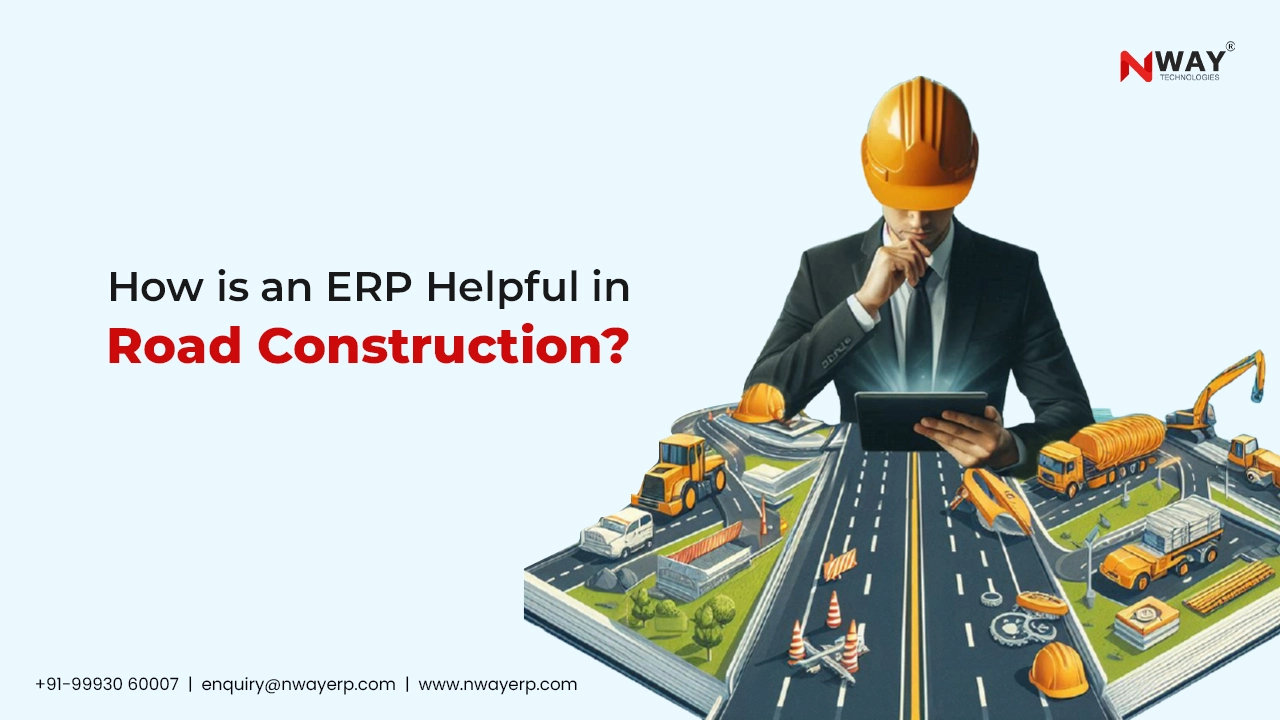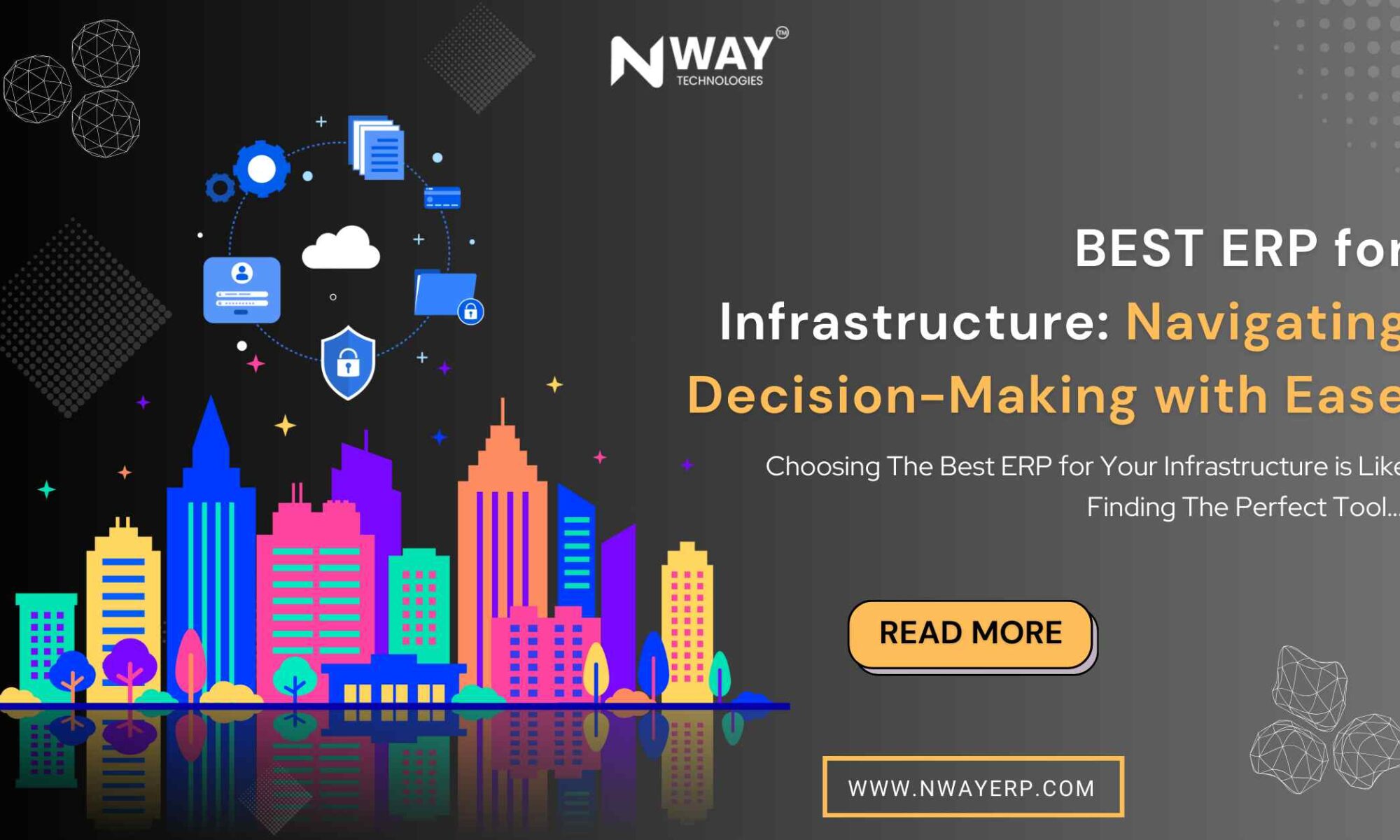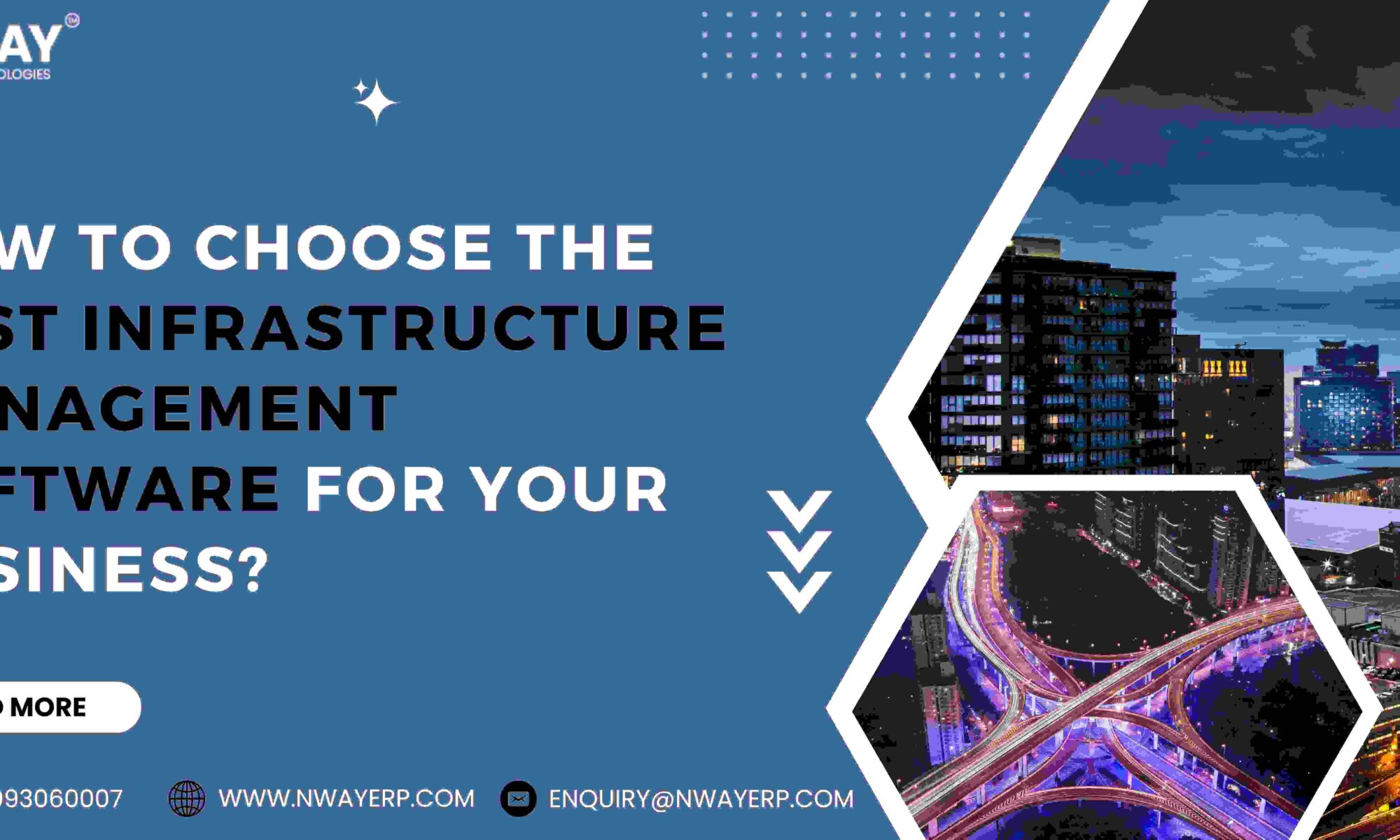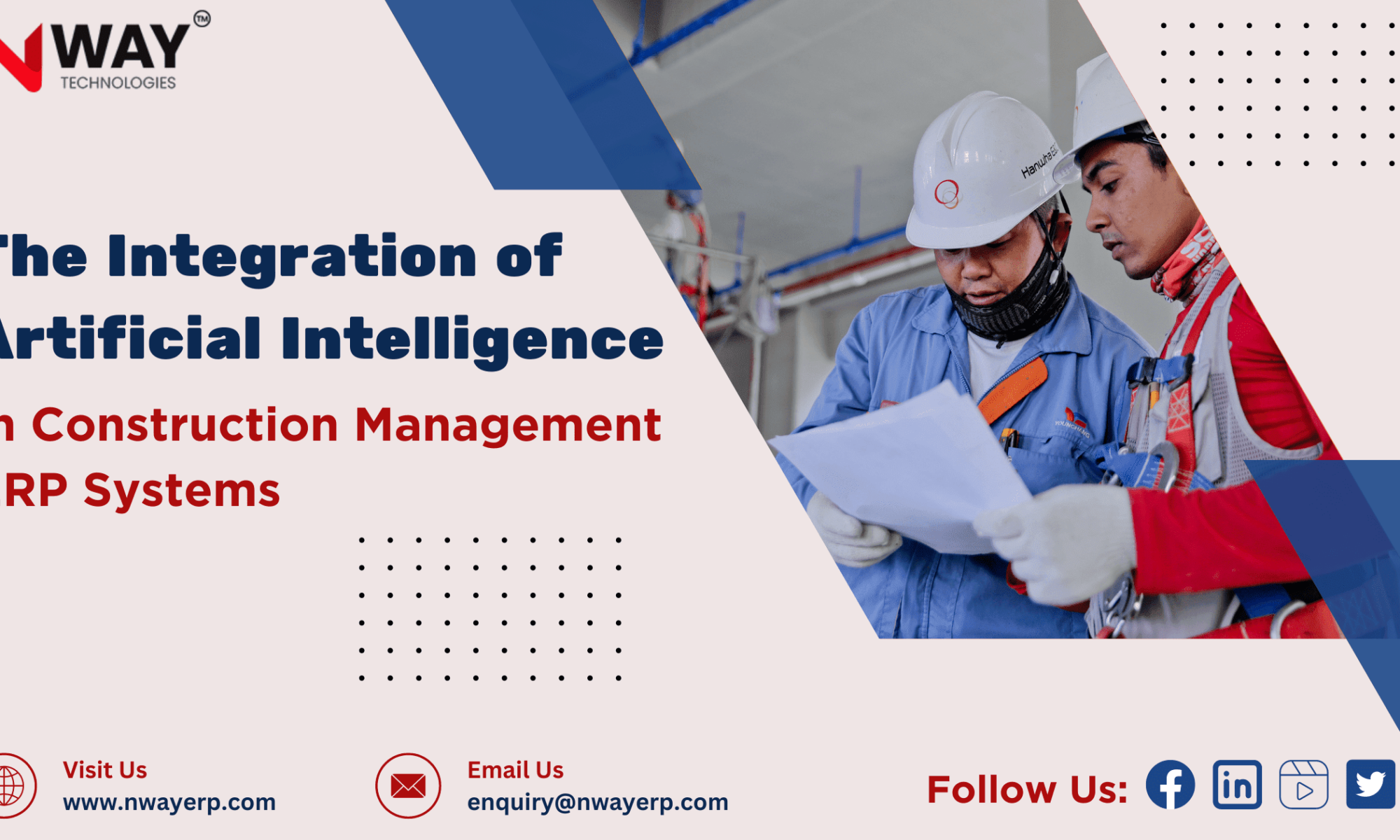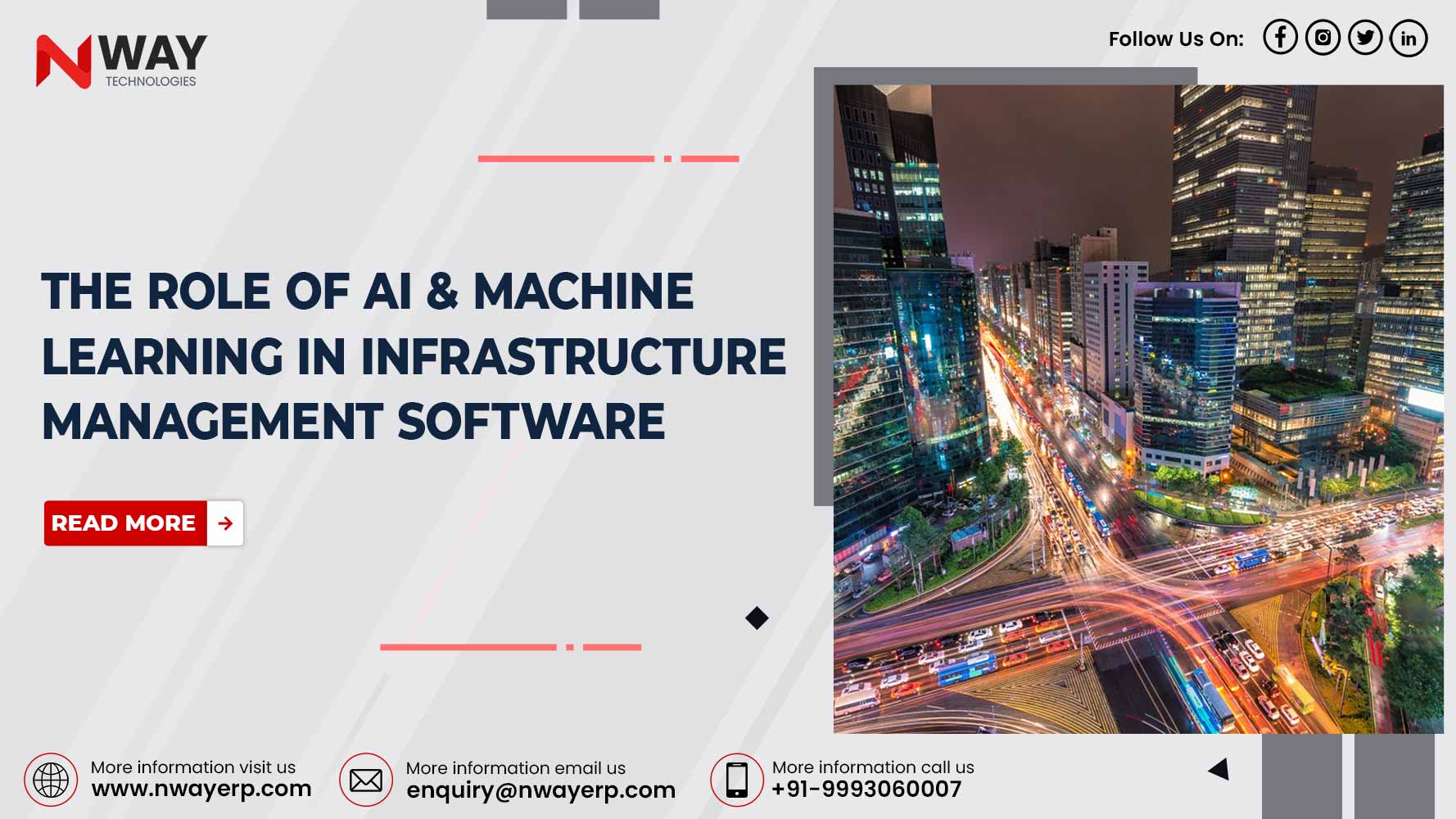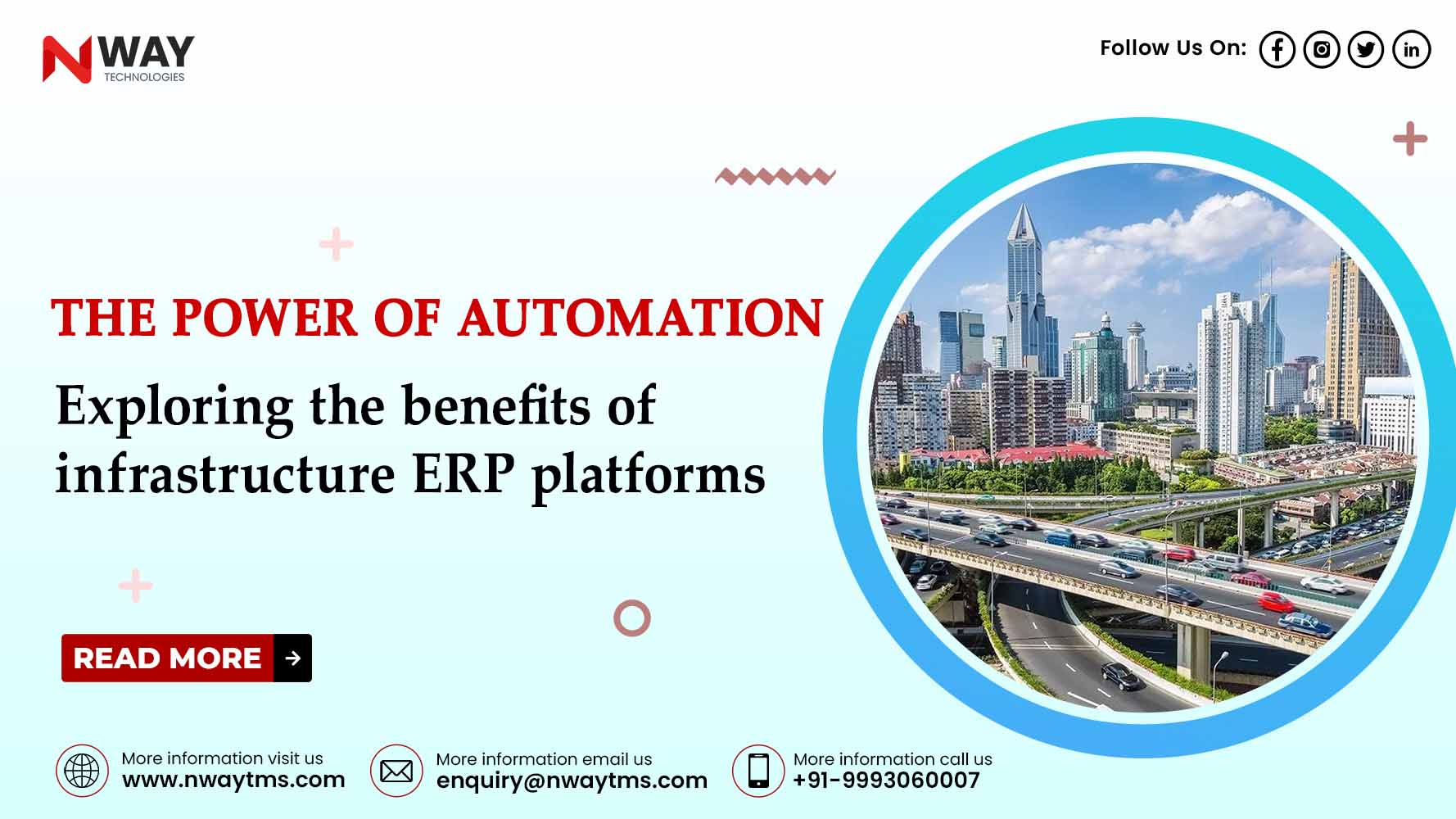Choosing the best ERP for your infrastructure is like finding the perfect tool for a job. In this guide, we’ll break down the process into simple steps, making it easy for you to navigate the world of ERP and make a decision that fits your needs like a glove.
What is ERP Software
ERP, which stands for Enterprise Resource Planning, refers to a type of software that organizations use to manage and integrate various business processes across different departments or functions. The primary goal of ERP software is to facilitate the flow of information and improve efficiency within an organization.
What is Infrastructure ERP Software
Infrastructure ERP software is a specialized category of ERP designed to meet the unique needs and challenges of organizations operating in the infrastructure sector. This type of ERP is tailored to address the complexities of managing infrastructure projects, construction activities, and related business processes. Here are the vital aspects that define infrastructure ERP software:
Project Management: Infrastructure ERP software typically includes robust project management tools. It helps plan, schedule, and monitor various phases of infrastructure projects, such as construction, engineering, and maintenance.
Resource Allocation: Efficient allocation of resources, whether it’s workforce, machinery, or materials, is critical in the infrastructure sector. Infrastructure ERP assists in optimizing resource utilization to enhance productivity.
Budgeting and Cost Control: Given the substantial financial investments in infrastructure projects, ERP systems for this sector often provide features for budgeting, cost estimation, and economic control to ensure projects stay within allocated budgets.
Supply Chain Management: Infrastructure ERP software helps manage the supply chain by tracking materials, managing vendors, and ensuring timely procurement. It is crucial to avoid project delays due to material shortages.
Asset Management: Efficiently managing and maintaining infrastructure assets is a key component. Infrastructure ERP systems provide tools for tracking the life cycle of assets, managing maintenance schedules, and optimizing asset performance.
Regulatory Compliance: The infrastructure sector is subject to various regulations and standards. Infrastructure ERP includes features to help organizations comply with legal and regulatory requirements, ensuring that projects meet industry standards.
Collaboration and Communication: Infrastructure projects often involve collaboration among various stakeholders, including architects, engineers, contractors, and regulatory bodies. Infrastructure ERP systems facilitate communication and cooperation, ensuring everyone is on the same page.
Document Management: Managing many documents, including blueprints, permits, and compliance documents, is a common challenge in infrastructure projects. ERP software streamlines document management, making organizing, accessing, and sharing critical information easier.
Risk Management: Infrastructure projects are inherently risky, with weather, regulatory changes, and unexpected issues impacting timelines and budgets. Infrastructure ERP systems incorporate risk management tools to identify, assess, and mitigate potential risks.
Real-time Reporting and Analytics: Infrastructure ERP provides real-time reporting and analytics to help stakeholders make informed decisions. It includes project progress reports, financial analyses, and performance metrics.
Key Consideration For Choosing ERP for Infrastructure
Choosing the best ERP for infrastructure is a critical decision that can significantly impact the efficiency and success of projects. Here are vital considerations to keep in mind when selecting the suitable ERP for infrastructure:
1. Scalability
Consider the scalability of the ERP system. It should grow with your organization and accommodate the increasing complexities of larger infrastructure projects.
2. Customization Capabilities
Infrastructure projects vary widely, and the ERP should be customizable to adapt to your organization’s unique needs and workflows. A one-size-fits-all approach may not be suitable.
3. Integration with Existing Systems
Ensure that the ERP seamlessly integrates with your existing software and systems. It is crucial for avoiding data silos and ensuring a smooth flow of information across departments.
4. User-Friendly Interface
The ERP system should have a user-friendly interface. Construction and infrastructure management involve diverse teams with varying levels of technical expertise. An intuitive interface can enhance user adoption and overall productivity.
5. Comprehensive Project Management
Look for robust project management features, including scheduling, budgeting, resource allocation, and task tracking. Practical project management tools are essential for the success of infrastructure projects.
6. Mobile Accessibility
In the field of infrastructure, mobility is crucial. Ensure the ERP system offers mobile accessibility, allowing project managers and field teams to access real-time data and updates from anywhere.
7. Real-Time Reporting and Analytics
Generating real-time reports and analytics is essential for making informed decisions. Look for an ERP system that provides insightful data on project progress, financials, and other key performance indicators.
8. Regulatory Compliance
Infrastructure projects often need to adhere to strict regulatory standards. Ensure the ERP system has features that help manage and ensure compliance with industry regulations and legal requirements.
9. Asset Management
Infrastructure projects involve significant investments in assets. The ERP should have robust asset management capabilities, allowing you to track the entire life-cycle of assets, schedule maintenance, and optimize their use.
10. Support and Training
Consider the level of support and training offered by the ERP vendor. Adequate training for users and ongoing support are crucial for a successful implementation and smooth operation of the system.
11. Cost Considerations
Evaluate the total cost of ownership, including initial implementation costs, licensing fees, and ongoing maintenance expenses. Ensure that the ERP solution aligns with your budget constraints and offers good value for the investment.
12. Vendor Reputation
Research the reputation of the ERP vendor. Look for customer reviews, case studies, and references to understand the experiences of other organizations in the infrastructure sector with the ERP system.
13. Security Measures
Infrastructure projects often involve sensitive data. Ensure the ERP system has robust security measures to protect your data from unauthorized access or cyber threats.
14. Upgradability
Choose a regularly updated ERP system that can adapt to technological advancements. It ensures that your infrastructure ERP remains relevant and supported long-term.
15. Ease of Integration with Industry Standards
Check if the ERP system easily integrates with industry standards and protocols. It is essential for interoperability with other systems and tools commonly used in the infrastructure sector.
Future: ERP for Infrastructure
The future of Infrastructure ERP (Enterprise Resource Planning) software holds several promising trends and advancements driven by technological innovations and evolving industry needs. Looking ahead, the end of Infrastructure ERP is marked by a convergence of cutting-edge technologies poised to revolutionize project management in the infrastructure sector. Integrating artificial intelligence, machine learning, and the Internet of Things promises heightened predictive analytics, streamlined decision-making processes, and enhanced project efficiency.
Cloud-based solutions are anticipated to play a pivotal role, offering increased flexibility, scalability, and accessibility for seamless collaboration. Mobile connectivity and predictive maintenance, facilitated by IoT sensors, are set to empower field teams with real-time data access, ensuring proactive issue resolution. Sustainability and transparency will take center stage, with blockchain applications and a focus on Eco-friendly practices contributing to a more accountable and environmentally conscious approach. This evolution positions Infrastructure ERP not only as a management tool but as a dynamic, intelligent, and future-ready solution that anticipates and adapts to the evolving needs of the infrastructure industry.
READ MORE: The Role of AI and Machine Learning in Infrastructure Management Software
Conclusion
In conclusion, Enterprise Resource Planning (ERP) software is a linchpin for organizations, streamlining operations and fostering efficiency. For the infrastructure sector, the advent of Infrastructure ERP signifies a tailored solution addressing the intricacies of large-scale projects. The critical considerations for choosing the best ERP for infrastructure, including scalability, customization, and integration, underscore the need for a nuanced approach in software selection.
